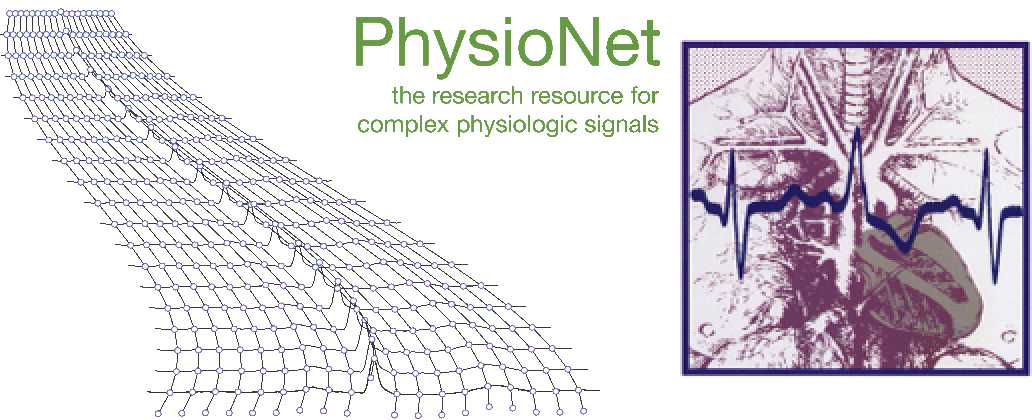- Registration form
- Example MATLAB and Python submissions and scoring code
- Submission instructions and form
- Leaderboard, results, and papers
- Public discussion forum
- Rules and deadlines
- Current and general FAQs
- About
Session P73.3
A Two-Stage Solution Algorithm For Paroxysmal Atrial Fibrillation Prediction
K.S. Lynn, H.D. Chiang
Cornell University
Ithaca, NY, USA
We developed a two-stage solution algorithm to predict the onset of paroxysmal atrial fibrillation (PAF) based on half-hour heart rate variability (HRV) signals. The objective of the first stage, which is a screening stage, is to distinguish HRV signals of group N (subjects with no documented PAF) from those of group A (subjects with PAF but no PAF episodes in the record). The goal of the second stage, a prediction stage, is to further separate the HRV signals of group A into records that are far away (at least 45 minutes) from PAF episodes and records that are immediately followed by PAF episodes.
At the screening stage, we used neural networks to classify features extracted from HRV signals. Features based on both return map and trajectory diameter analysis that capture the shapes of trajectories reconstructed by HRV signal are extracted for this stage. These two extracted features were fed into two different neural networks for training and testing. During the training phase, we used 100 officially issued records to train the networks so that positive outputs correspond to the inputs of group N records and negative outputs correspond to the inputs of group A records.
For the prediction stage, we developed features based on normalized histogram, which is directly obtained from HRV signal and applied them to neural network for training and prediction. Training data were obtained from 50 group-A records (half away from PAF and the other half next to PAF) in which records away from PAF produce positive network outputs and records next to PAF produce negative network outputs.
According to the official scoring result, our algorithm scored 34 and 35 points in the screening stage and 40 points in the prediction stage. In addition, the developed two-stage solution algorithm appears to be very robust against the measuring noise. For example, using different QRS detection results, the classification results due to noise only change slightly (within 5%).
Supported by the National Institute of Biomedical Imaging and Bioengineering (NIBIB) under NIH grant number R01EB030362.
© PhysioNet Challenges. Website content licensed under the Creative Commons Attribution 4.0 International Public License.
